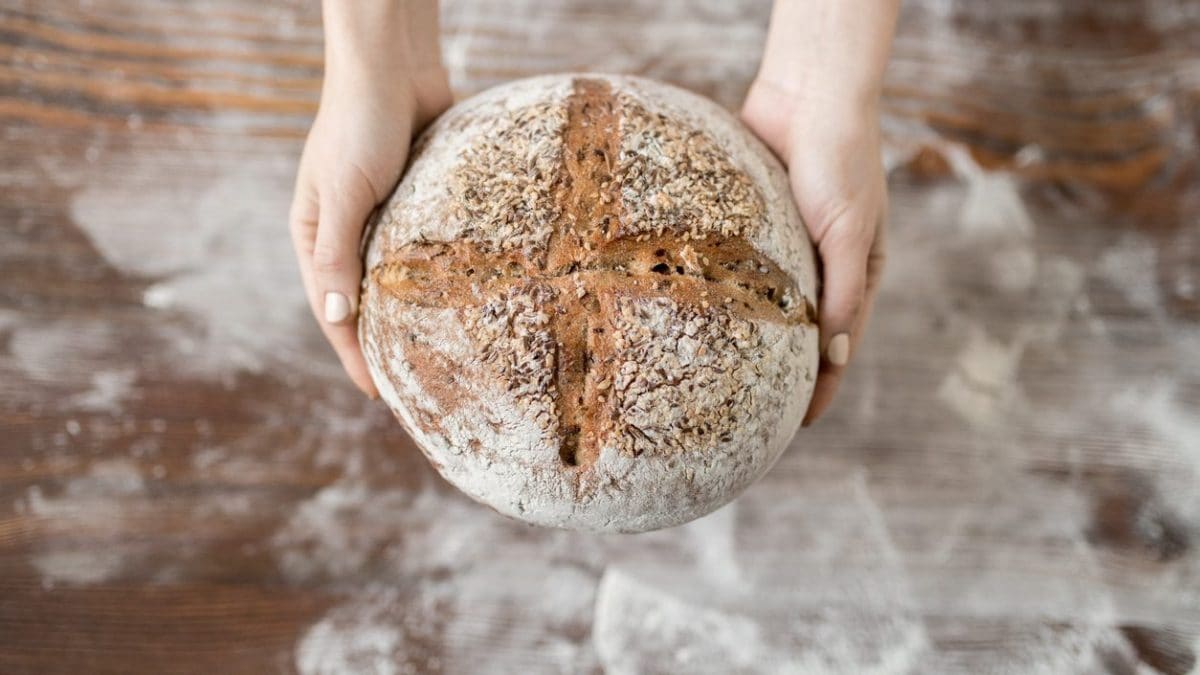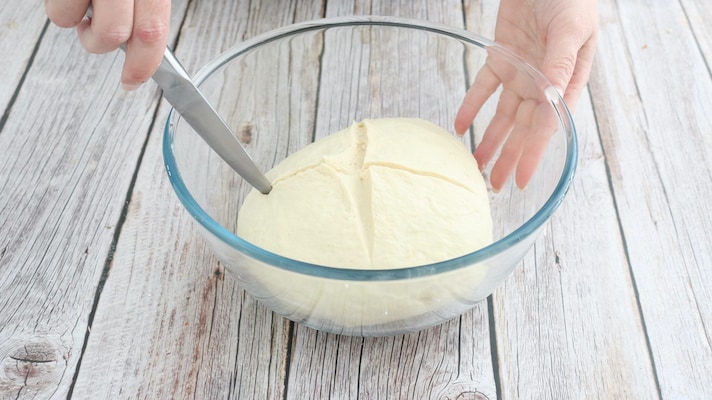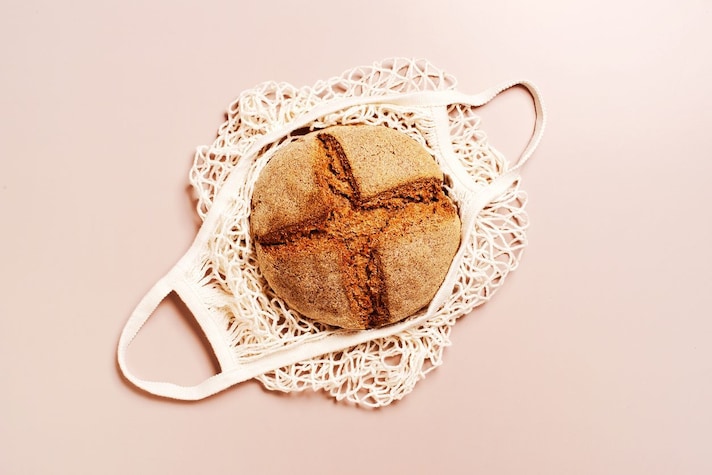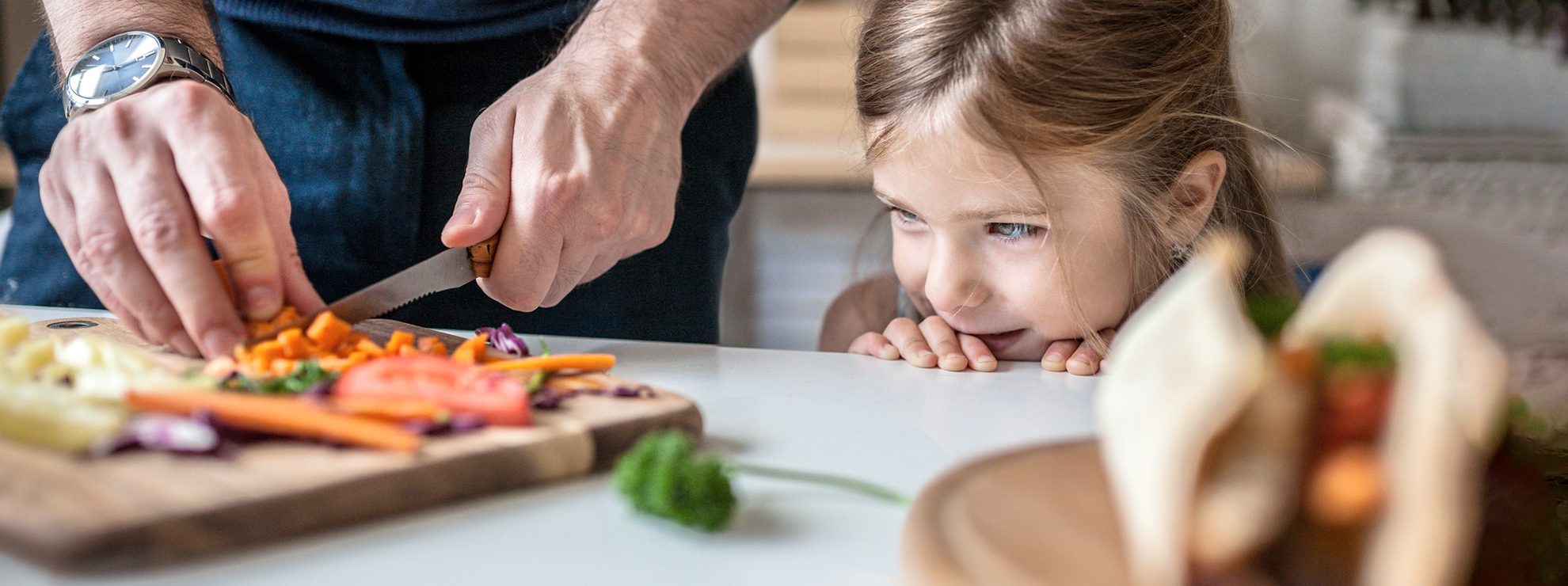
You may have seen your grandmothers do it and you may have repeated the same operation yourself almost automatically: making a cross on bread dough is now a consolidated practice, passed down from generation to generation and to be applied every time you make bread at home (but the same goes for pizza dough). A practice so consolidated that it is also used by many professionals, which is why you often find the loaves you buy in the bakery with cuts on the surface, sometimes a simple cross and sometimes real works of art.
The custom of making cuts on the surface of the loaves during the leavening time is a tradition with a deep meaning, halfway between a popular superstition, a religious belief and a trick to obtain a perfect leavening. Yes, because there is indeed a scientific basis behind the custom of the cross incision, but there is also a more mystical aspect linked to the power of the symbol of the cross and the figure of Saint Clare.
Let's discover together the fascinating legends linked to the practice of cutting bread into cross-shaped cuts, but also the scientific motivations behind this tradition: because you know, because behind every popular belief there is always a small great truth.
Between Superstitions and Legends: The Religious Motives Behind Cross Cuts
The cross is the symbol of the Catholic religion par excellence, always considered a symbol of protection in Catholic countries. The first meaning of the cuts made on bread is to be found precisely in this meaning: according to superstition and popular belief, in fact, the cross on the dough served to protect it from evil spirits and energies. Leavening in the past, when the rudiments of physics and chemistry were less widespread, was seen as a true miracle event: protecting it from demons and evil forces was essential because it was believed that, with their intervention, they would have hindered its correct success.
This superstition was further strengthened by the legend of one of the miracles attributed to Saint Clare. According to the story, in fact, the saint received an order from the Pope to bless some loaves of bread and, when Saint Clare made the gesture of blessing over them, the symbol of the cross appeared carved on their surface. Thus, the carving on the bread takes on the meaning of the blessing having taken place and the cross becomes even more of a symbol of protection.

Furthermore, in Catholic symbolism, bread is considered the “body of Christ” (the element of bread appears several times in the Gospels, from the parable of the multiplication of the loaves and fishes to the episode of the Last Supper) and therefore the link between the cross and bread is not surprising: making two cuts on it is also a way of paying homage to a food with a strong religious meaning.
What Does Science Say? The Cuts Are Not Just Symbolic
As often happens, legends and superstitions have a grain of truth and hide, behind the superstition, also scientific motivations. This is the case of the cross-shaped cuts on bread, long considered only a religious belief and which instead, science tells us, have a real utility in making the dough better during leavening.
The cuts on the dough, which can be cross-shaped or simply oblique/horizontal, are used to prevent the dough from swelling excessively: they act as a real relief valve that helps correct leavening and stimulates good oxygenation. Not only that, the cuts are useful for stimulating the leavening of the deepest and internal layers of the dough, which is why this technique is increasingly being applied not only to bread making, but also to the preparation of pizza and focaccia.

The cuts are also a valid help during the baking of bread: the loaf expands with the heat when it is cooked and therefore the cuts on the surface help to reduce the resistance of the dough. In fact, when it hardens and forms the crust, if it does not have a relief valve it could break irregularly or it could "suffocate" the inside ruining the soft and honeycomb crumb, one of the characteristics that make a quality bread.
Finally, the practice of making superficial cuts allows you to check the state of the leavening process: when the cuts have almost completely absorbed, then it means that the bread is ready to be baked.
;Resize,width=767;)
